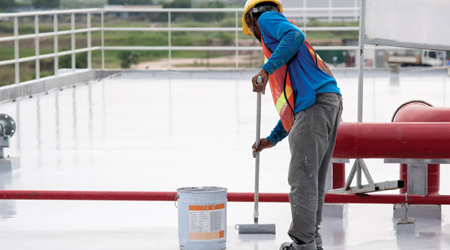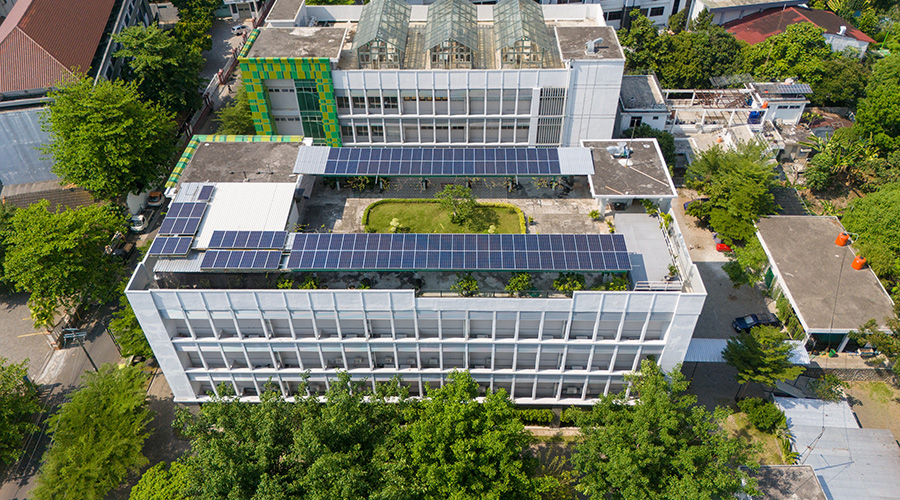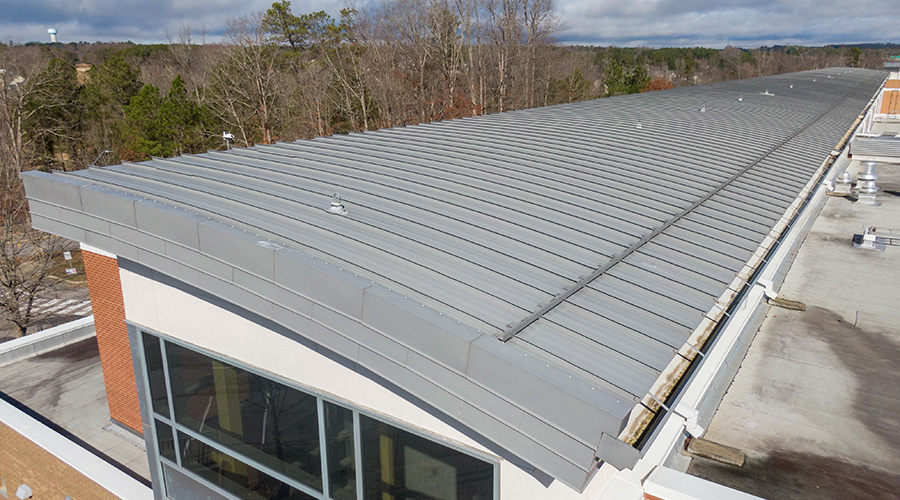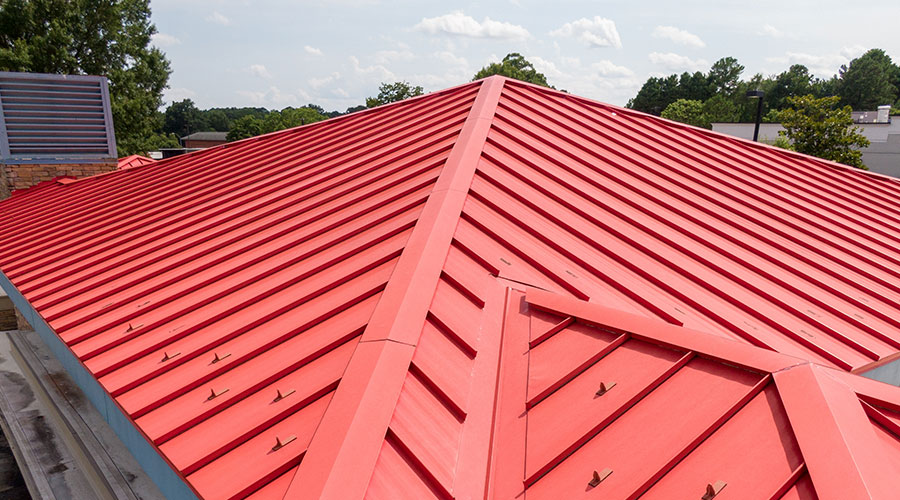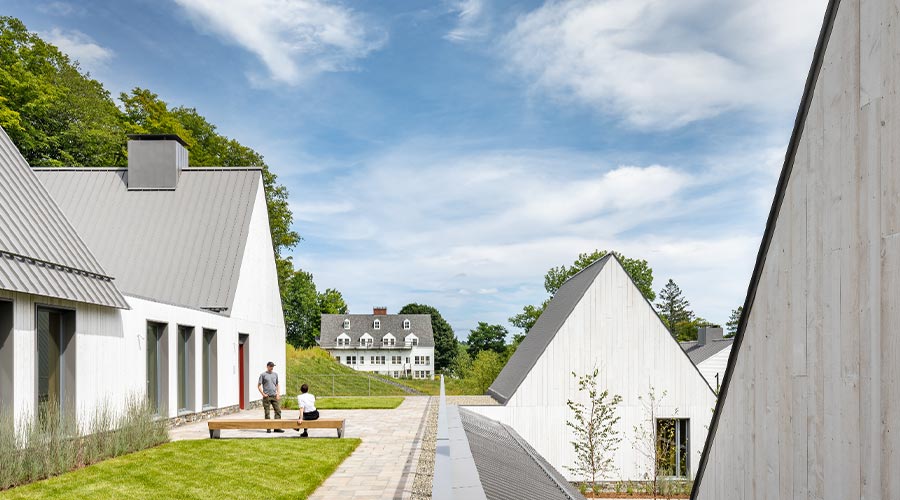Specification Issues for Roof Coatings
Effective specification, application and maintenance helps coatings deliver long-term performance
Effective roof coating applications begin with specifying the most effective product. Some properties to compare when selecting a coating are the following: coverage, dried thickness, density, tensile strength, hardness, elongation, and cure time at 70 degrees. If not fully cured before precipitation occurs, the coating could wash off.
Managers also need to consider a coating’s vapor transmission, which determines waterproof properties, as well as the number of coating components, the primer required, its ponding water rating, its resistance to traffic damage, and application temperature, which is the minimum required to allow full curing. If not fully cured, rain could wash the coating off.
A coating’s Energy Star rating, reflectivity, UL fire rating, and warranty also are important properties. Fire test results from UL 790 and weathering tests under ASTM 9000-hour Accelerated Weathering Test evaluate these characteristics. The issue of fire risk when specifying roof coatings also comes into play given the application site.
For example, motor-driven equipment that is installed on the roof has been known to overheat and spread fire, causing the roof covering to burn. The lesson in this case is that managers need to carefully consider fire risk during the specification process.
While cost also is a factor in selection, life-cycle cost is the most effective way to evaluate this factor. Lowest first cost too often means short performance life and more frequent re-coating.
Roof coatings can be applied over insulation and the existing roof membrane, which can be multi-ply asphalt built-up roofing or a single-ply membrane, such as TPO or Hypalon for example. While workers can seal minor imperfections in the surface with a roof coating, they will need to repair major imperfections in an existing roof membrane before applying a coating, or it will not last, especially if the deck is unstable or subject to traffic.
Ponding is defined as water standing on the roof 48 hours or more after a rain, and its presence on a rooftop requires special materials and application techniques. Ponding destroys most roof coverings and coatings over time. Some roofers guarantee their roofing against ponding, but this guarantee comes with many qualifications, including the material supplier selecting an installer.
For more information on the role of ongoing inspection and repair in ensuring the condition of roof surfaces, see the accompanying article.
Liquid coatings cost about one-half as much as roofing. For example, a water-based liquid rubber coating avoids the cost of future tear-offs and re-roofing, is sustainable, and with no volatile organic chemicals, is environmentally friendly. It also resists abrasion and hail and is difficult to puncture. It goes on in one spray coat, dries instantly, cures fully in 24 hours and will last indefinitely.
A three-step liquid rubber coating installation process is relatively quick and does not disrupt facility activity. The first step is to pressure wash the old roof to remove algae and dirt buildup. The second step is to apply the 60 mil, dark liquid rubber coating in one application. The final step is to apply a sacrificial ceramic or acrylic white coating to protect the rubber coating and provide better reflectivity.
This type of system has a 15-year labor and material warranty, which can be extended another 10 years by recoating the roof with a new protective layer of ceramic or acrylic coating.
Workers should be able to follow a coating manufacturer’s application instructions without special training, but they need to follow the instructions carefully. One technique is to apply a layer of regular roof coating up to 12 inches from the edge of the pond, then apply a final layer of ponding coating 12 inches beyond the ponding area to ensure proper bonding.
Thomas A. Westerkamp is a maintenance and engineering management consultant and president of the work management division of Westerkamp Group LLC.
Related Topics:








